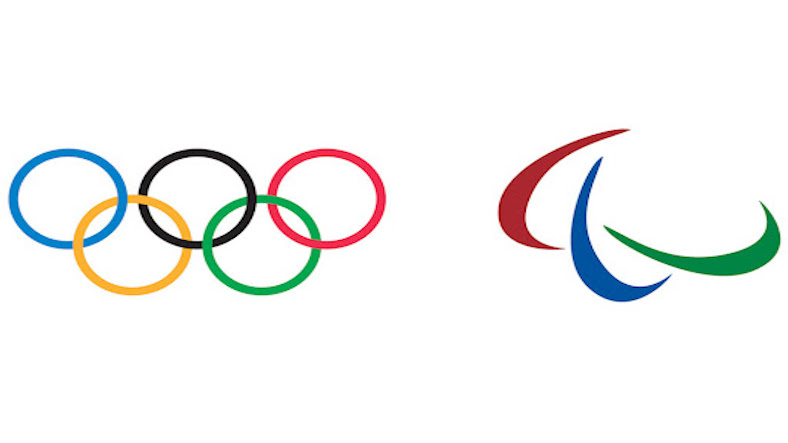According to the Press Information Bureau, Astrophysicists in India have spotted a rare merging of three supermassive black holes. They were observing the merging of two galaxies named NGC7733 and NGC7734 in our celestial neighbour.
When they detected unusual emissions from the centre of the latter and also a curious movement of a large bright clump having a different velocity than that of NGC7733. Inferring that this was a separate galaxy, the scientists named it NGC7733N.
The Indian Institute of Astrophysics (IIA) team explains that if two galaxies collide, their black hole will also come closer by transferring the kinetic energy to the surrounding gas. The distance between the blackholes decreases with time until the separation is around a parsec (3.26 light-years). The two black holes are then unable to lose any further kinetic energy in order to get even closer and merge. This is known as the final parsec problem. The presence of a third black hole can solve this problem. The dual merging blackholes can transfer their energy to the third blackhole and merge with each other.
Many Active Galactic Nuclei (AGN) pairs have been detected in the past, but triple AGN are extremely rare and only a handful has been detected before using X-ray observations. However, the IIA team expects such triple AGN systems to be more common in small merging groups of galaxies. Although this study focuses only on one system, results suggest that small merging groups are ideal laboratories to detect multiple supermassive black holes.










